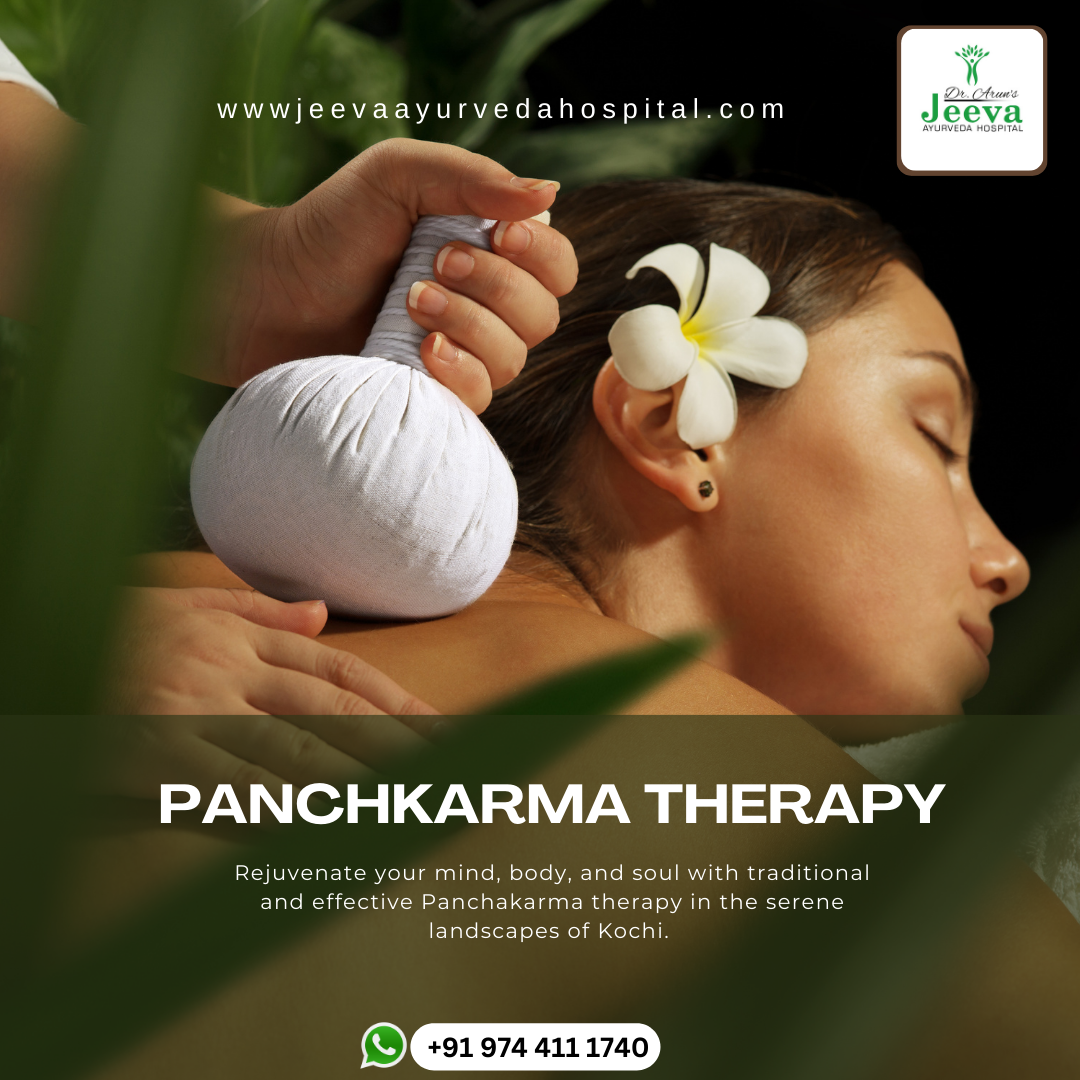Panchakarma is a cornerstone of Ayurvedic medicine, offering a holistic approach to detoxification and rejuvenation. This therapy, which has been practiced for thousands of years in India, focuses on cleansing the body of toxins, strengthening the immune system, and restoring balance and well-being.
Panchakarma: Ayurvedic Detoxification & Rejuvenation Therapy
Introduction
In the hustle and bustle of modern life, our bodies accumulate toxins from various sources such as pollution, unhealthy diet, and stress. Panchakarma, an ancient Ayurvedic therapy, offers a comprehensive detoxification process to cleanse the body and mind, promoting overall health and rejuvenation.
What is Panchakarma?
Panchakarma, which translates to “five actions,” consists of five primary therapeutic procedures aimed at purifying the body. These procedures help eliminate toxins, balance the doshas (body energies: Vata, Pitta, and Kapha), and restore natural health and harmony.
The Five Main Procedures of Panchakarma
1.Vamana (Therapeutic Emesis)
Purpose: To eliminate toxins from the stomach and respiratory tract.
Procedure: Induced vomiting using herbal concoctions.
Benefits: Effective in treating asthma, allergies, skin disorders, and digestive issues.
2.Virechana (Purgation Therapy)
Purpose: To cleanse the small intestine and colon.
Procedure: Administering herbal laxatives to induce bowel movements.
Benefits: Helps in treating liver disorders, gastrointestinal issues, and improves metabolic health.
3.Basti (Enema Therapy)
Purpose: To detoxify the colon and balance the Vata dosha.
Procedure: Herbal oils and decoctions are administered through the rectum.
Benefits: Alleviates constipation, lower back pain, arthritis, and neurological disorders.
4.Nasya (Nasal Administration)
Purpose: To cleanse the nasal passages and sinuses.
Procedure: Herbal oils are administered through the nostrils.
Benefits: Effective in treating migraines, sinusitis, mental clarity, and respiratory issues.
5.Raktamokshana (Bloodletting)
Purpose: To purify the blood and treat blood-related disorders.
Procedure: Small amounts of blood are drawn out using leeches or other methods.
Benefits: Useful in treating skin conditions, gout, and hypertension.
Health Benefits of Panchakarma
1.Detoxification: Removes accumulated toxins from the body, leading to improved organ function and overall health.
2.Improved Digestion: Enhances digestive fire (Agni), leading to better nutrient absorption and metabolism.
3.Boosts Immunity: Strengthens the immune system, making the body more resilient to infections and diseases.
4.Mental Clarity: Reduces stress and anxiety, promoting mental clarity and emotional balance.
5.Weight Management: Helps in maintaining a healthy weight by improving metabolism and reducing excess fat.
Panchakarma Procedure: A Detailed Breakdown
1.Preparation (Purvakarma):
Snehana (Oleation): Internal and external application of oils to loosen toxins.
Swedana (Fomentation): Inducing sweating to expel toxins through the skin.
2.Main Treatment (Pradhanakarma):
Following the selected procedures based on the individual’s needs and imbalances.
3.Post-Treatment (Paschatkarma):
Dietary Guidelines: Gradual reintroduction of a regular diet.
Lifestyle Changes: Emphasis on maintaining a healthy lifestyle and habits.
Rejuvenation Therapies: Herbal supplements and therapies to restore strength and vitality.
Conclusion
Panchakarma is a powerful Ayurvedic therapy designed to cleanse the body of toxins, restore balance, and rejuvenate the system. By incorporating these ancient practices into modern wellness routines, individuals can experience profound health benefits and achieve holistic well-being. Whether you’re seeking to detoxify, improve your digestive health, or enhance mental clarity, Panchakarma offers a comprehensive approach to achieve these goals naturally.
Embrace the wisdom of Ayurveda and consider Panchakarma as a pathway to a healthier, more balanced life.


Give a Reply